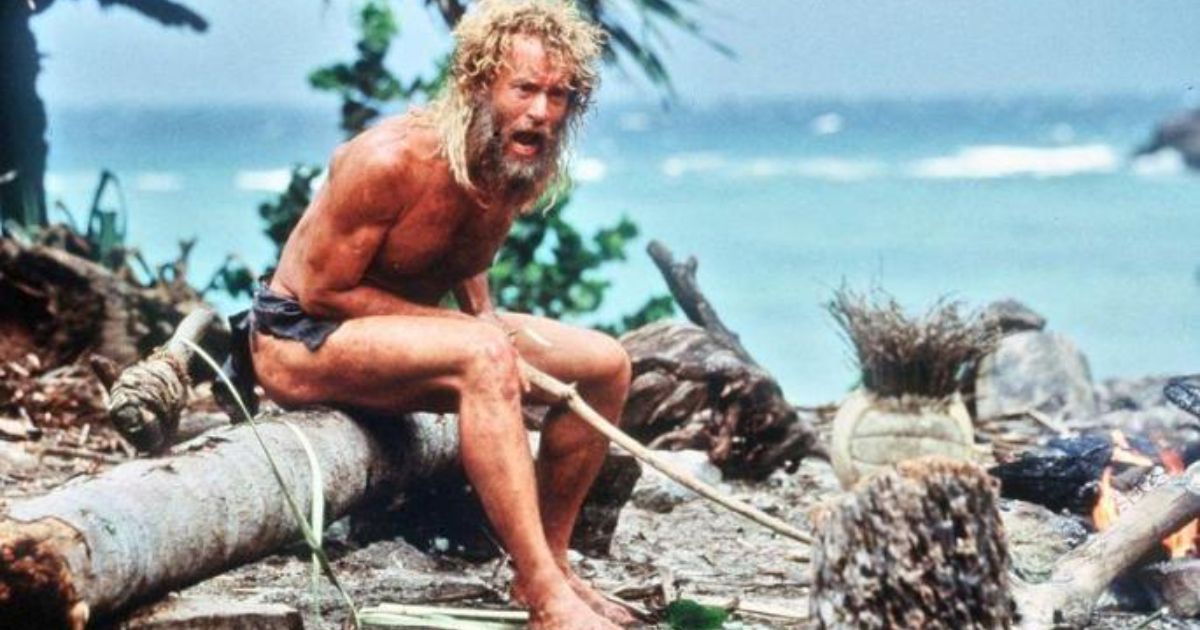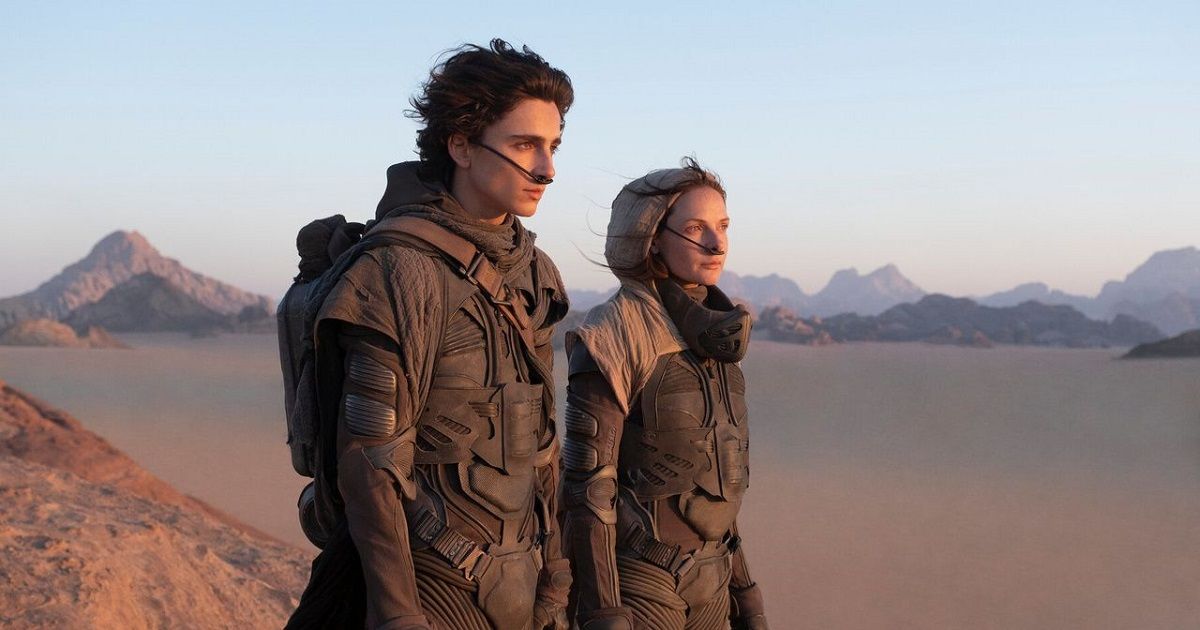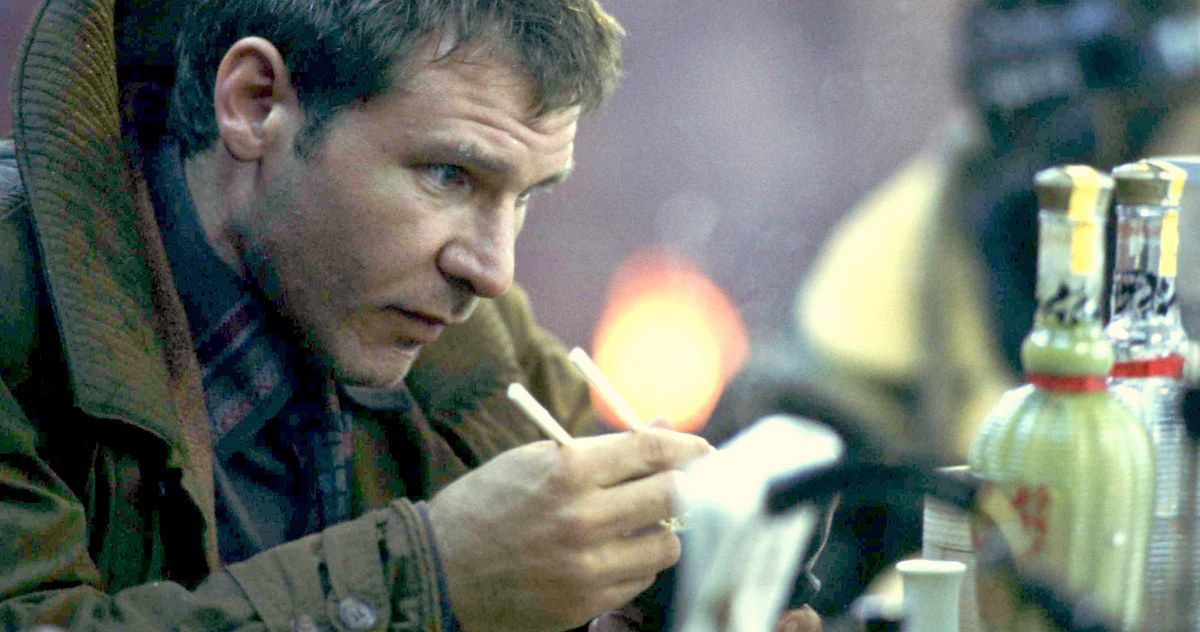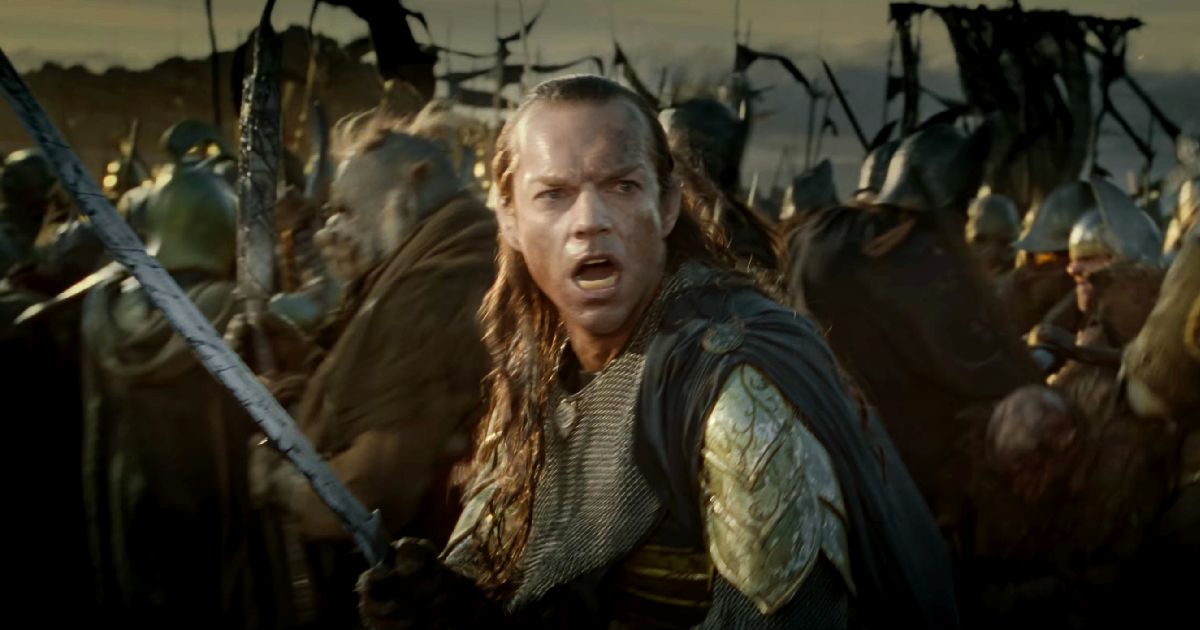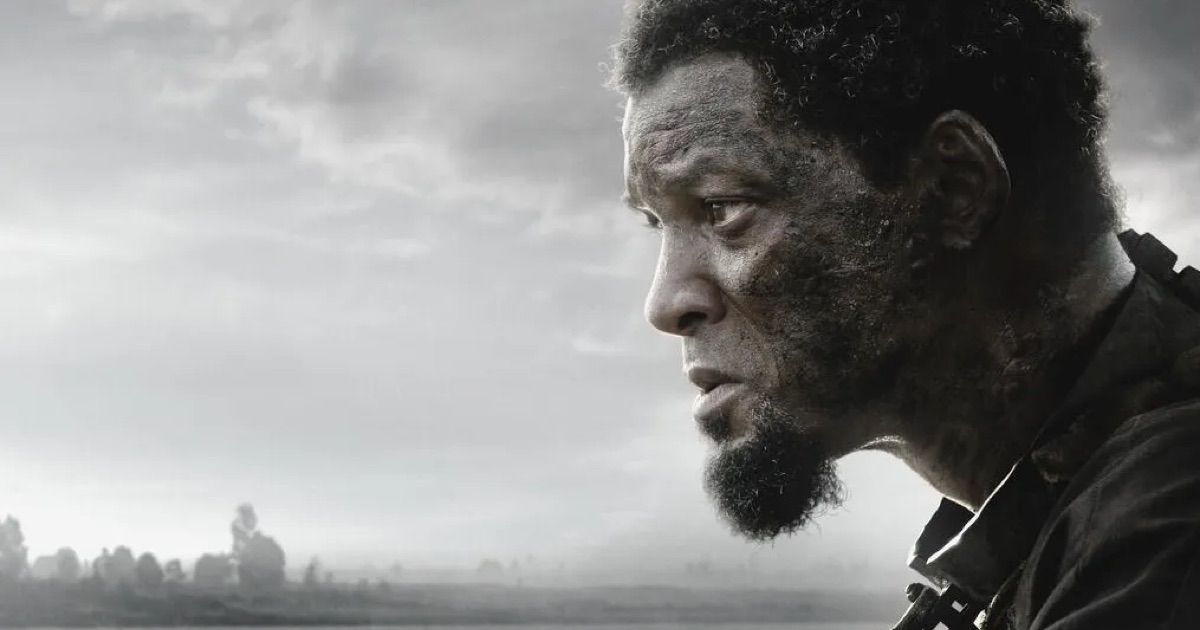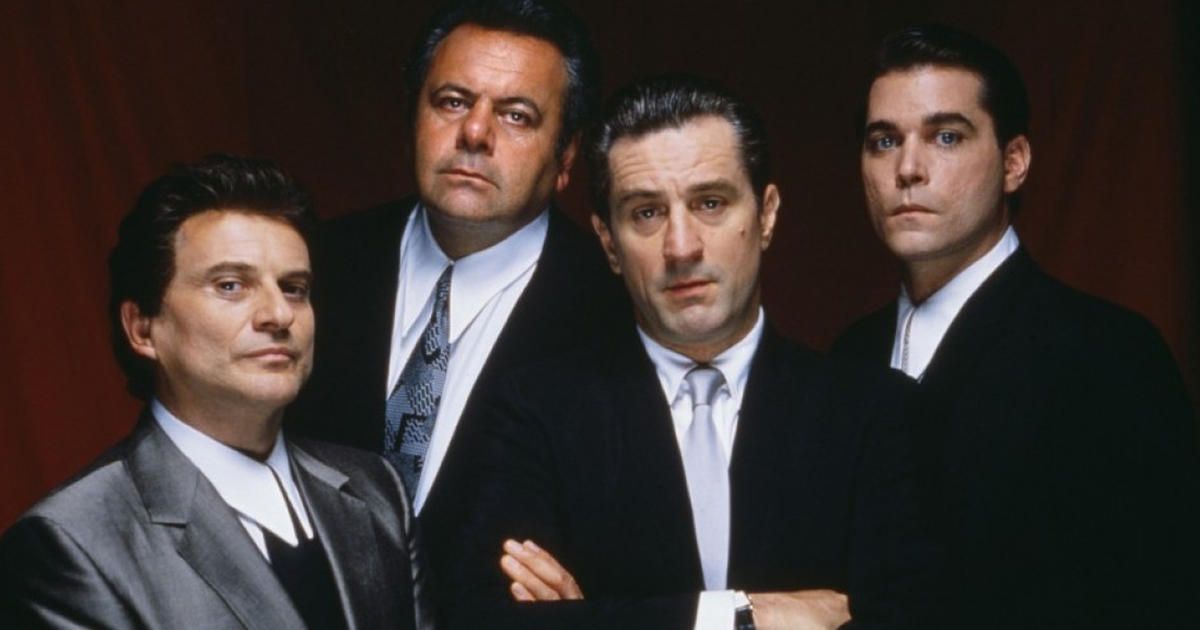An argument could be made that using voice-over narration in a film is a compromise made by a studio or director with poor filmmaking quality and little consideration for both the audience and the fine art. After all, the power of film and television is visual. The screen can and should tell stories in ways that radio and literature cannot. The old adage about movies has always been “Don’t tell, don’t show”.
Think of the greatest scenes in movie history. psycho; chariot race from Ben Hur; slash the door Shining; dance in the downpour sing in the rain; Or any of the other hundred. These moments show the visual impact that movies can have, and every one of these great scenes explains what a character is thinking, what’s going on, or what it means. I didn’t need a narration to do.
Good movie without narration
Countless movies, especially in the young adult genre, use narration to make them die. Luckily, not all directors think narration is necessary to complement their characters. There are examples of movies where the use of narration makes sense, it wasn’t Used, but still an excellent film.
one such movie is cast away, Two-thirds of the film is spent focusing on Tom Hanks in complete isolation. With scene after scene of Hanks walking quietly on the beach and looking out at the horizon, it might be tempting to share the character’s inner thoughts in the narration, but director Robert Zemeckis has advised against doing so. chose to instead creatively use dialogue with the imaginary character Wilson to illustrate things without resorting to voice-over narration.Similar survival movies such as all is lost Also ghostis characterized by long periods of no dialogue, but the lack of narration actually makes the film better.
Another film that successfully resisted the temptation to use narration was Dunes: Part 1, Directed by Denis Villeneuve. This film contrasts with the 1984 version of the film. dunes, Directed by David Lynch. In the original novel by Frank Herbert, italicized text was used extensively as a literary form of narration to express the characters’ inner monologues.With the bulk of the book relying on this, it’s no wonder Lynch chose to rely heavily on voice-over narration as well. Dunes: Part 1, However, it showed how the same story could be told without voiceover narration and told it better.
Blade Runner: A Case Study in Voiceover
A similar contrast can be found in science fiction classics. blade runner. The original 1982 theatrical version included a detective narration performed by Harrison Ford that hovered over transitional moments throughout the film. However, in 1992, director Ridley Scott re-edited the film without the narration to make his cut for the film’s directors. blade runner Fans agree with the director that the non-narrated version is much better.
But in light of movies that seem to benefit from their lack of narration, does narration always lead to compromises, crutches, regrettable shortcuts, or poor stylistic choices? If you watch a good movie that uses narration, it might become apparent that not only can you use narration when you need it, but it can make your movie more usable.
Movie franchises where narration doesn’t get in the way
Lord of the Ring Peter Jackson’s trilogy used many strategic moments in its voiceover narration. Cate Blanchett’s expository narration as Galadriel, Queen of the Elves, sets the stage for all subsequent films, as does Ian Holm’s pivotal description of The Hobbit. A poetic narration by King Theoden reflects the tough battle about to begin. And at the end of the final film, Frodo’s narration explains the personal price of victory.
Could we have avoided these voice-over narration moments? It’s hard to see how. It probably would have taken another whole movie to do what the first exposition narration did. Frodo’s final narration conveyed far more than his pale complexion and painful appearance. And King Theoden’s poetic inner monologue added depth to his character and aptly established the grim atmosphere of the unfolding Shakespearean tragedy. In each case, the voiceover narration served the film rather than distracting or detracting from it.
Style choices in filmmaking
The choice of style is what leads to the art of cinema and we must never forget that cinema is the art of storytelling, regardless of the content fact or fiction. , decide what style of art you want to create.Audiences may not understand or appreciate certain stylistic choices in the film, but if that’s what the director and art team wanted, it doesn’t mean it was the wrong choice. this is their Regardless of the audience’s right to criticize their work.
Another element of style can be used as an example to demonstrate unorthodox style choices. The first decades of cinema were dominated by black-and-white films, and cinematographers were very adept at using light and shadow. As I grew older, color film became my primary choice. In today’s digital age, color is no more a cost or technical challenge than black and white. This raises questions. Why would filmmakers choose to make black and white movies again?
Still, black-and-white movies are being produced by today’s studios and directors.The most recent feature film that made this choice was release, Coming out December 2022, the story of a runaway Civil War-era slave starring Will Smith uses color correction in a charming way. lighthouse, The 2019 film starring Robert Pattinson and Willem Dafoe not only opted for black and white, but opted for a stunning non-wide aspect ratio.Some of the most acclaimed black-and-white films of recent decades include Woody Allen’s manhattan From the 1970s, Martin Scorsese’s Raging Bull From the 1980s and Steven Spielberg’s schindler’s list From the 1990s.
Lessons learned from franchises like Lord of the Ring Narration is just one element of style in a filmmaker’s toolbox, along with black and white, aspect ratio, text overlay, and green screen. Need to Die isn’t inherently a bad filmmaking choice. Like any other element, it should be used properly.Some filmmakers have mastered it (think Martin Scorsese’s use of narration experts in his film Taxi driver When goodfellas), others still have a long way to go.
lesson from blade runner May be inappropriate or inappropriate narration of narration do Like any artistic compromise or stylistic shortcut that makes the film worse instead of better, it needs to die. The bottom line is that audiences don’t want to put stylistic handcuffs on the director – they simply want to see excellence in the art of filmmaking.


